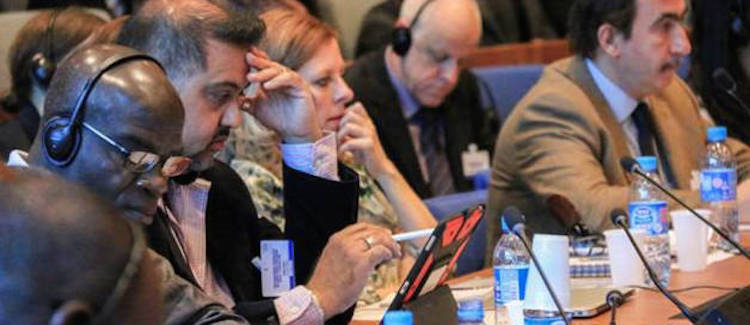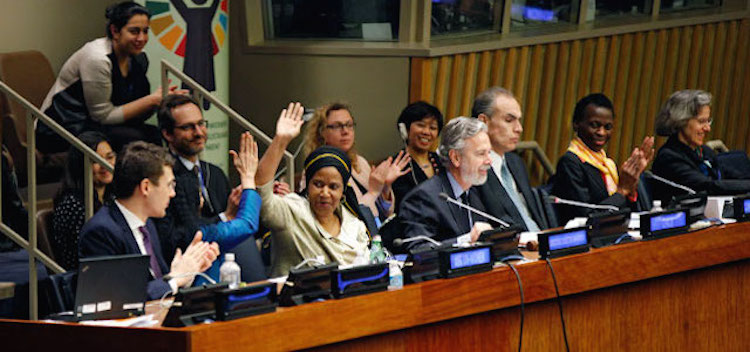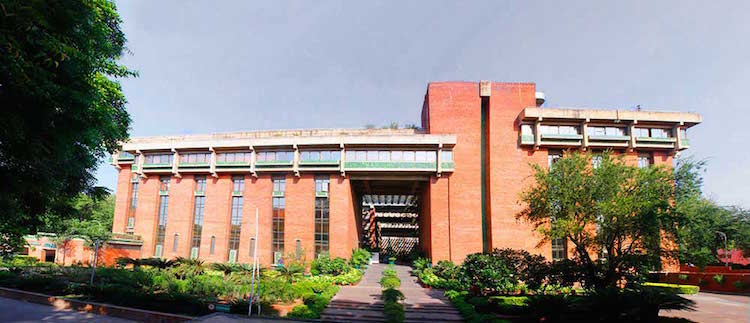By J C Suresh
TORONTO (IDN) – The Nuclear Security Summit in Washington DC on March 31-April 1, to be joined by 50 world leaders, is the fourth under the leadership of President Barack Obama who stated in his speech in Prague in 2009 that nuclear terrorism is the most immediate and extreme threat to global security.
Obama announced an international effort to secure vulnerable nuclear materials, break up black markets, and detect and intercept illicitly trafficked materials. The first Nuclear Security Summit was held in Washington, DC in 2010, and was followed by Summits in Seoul in 2012 and The Hague in 2014.
The Summit will take place against the perturbing backdrop of the murder of a security guard who worked at a Belgian nuclear plant. That the terrorists who perpetrated bomb attacks at Brussels airport and on a crammed metro, slaying and injuring people on March 22, killed the guard and stole his pass two days later, has fuelled fears that they might be seeking to get hold of nuclear material or planning to attack a nuclear site.








